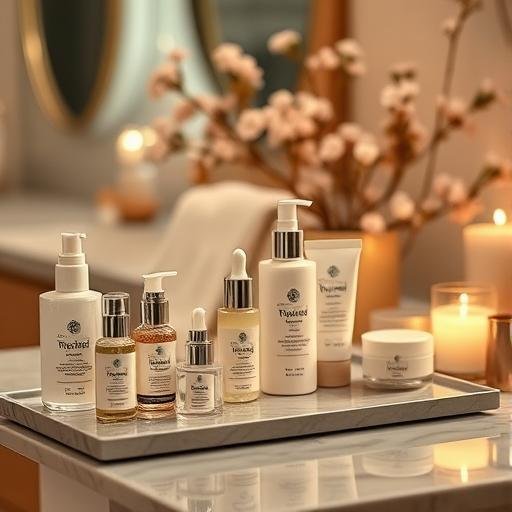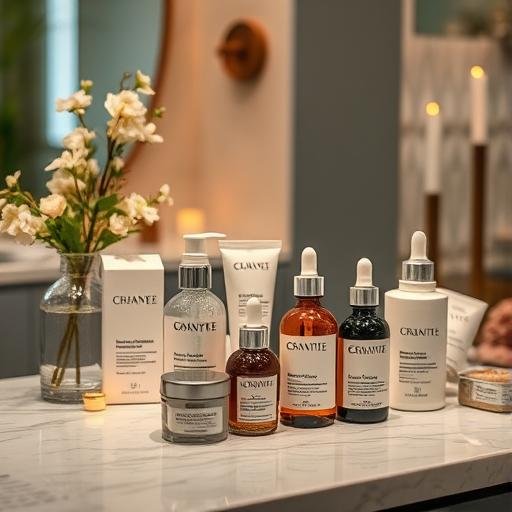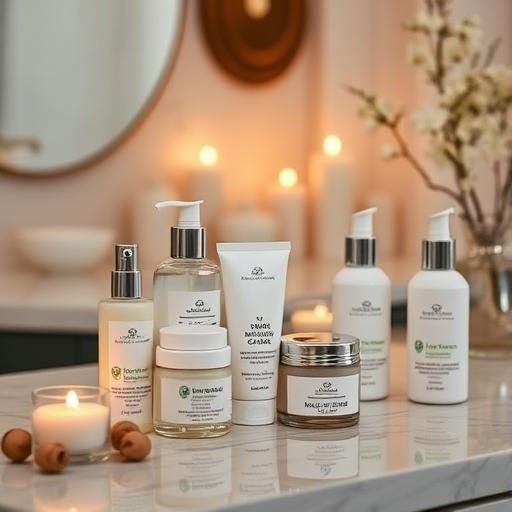
The Science of Skin Fasting: Can Skipping Skincare Actually Strengthen Your Barrier?
Intro: If you’ve scrolled through skincare TikTok or Instagram lately, you’ve probably heard of “skin fasting”—the idea that taking a break from your serums, moisturizers, and actives can “reset” your skin and improve its natural barrier. But is there any science behind this trend, or is it just another viral myth? Let’s dive into the research and separate fact from fad.
What Is Skin Fasting? (And Why Are People Doing It?)
Skin fasting involves temporarily simplifying (or completely pausing) your skincare routine to allow your skin to “rebalance” itself. Proponents claim it helps reduce dependency on products, minimizes irritation, and strengthens the skin’s natural moisture barrier. But does the evidence support this?
The Skin Barrier: A Quick Science Lesson
Your skin barrier is made up of lipids (ceramides, cholesterol, fatty acids) and skin cells that work together to keep moisture in and irritants out. When this barrier is compromised—due to over-exfoliation, harsh products, or environmental stressors—skin becomes dry, sensitive, or breakout-prone.
Does Skin Fasting Help—or Hurt—Your Barrier?
The Potential Benefits:
- Reduced Overload: Too many active ingredients (like retinoids or acids) can disrupt the skin’s pH and microbiome. A break may help recalibrate.
- Less Irritation: Cutting back can give inflamed skin time to heal, especially for those with eczema or rosacea.
- Self-Regulation: Some dermatologists suggest that healthy skin can produce its own moisturizing factors (like squalene) when not “lazy” from constant product use.
The Risks:
- Dehydration: Skipping moisturizer can worsen dryness, especially in arid climates or for those with naturally dry skin.
- Sun Damage: Pausing sunscreen is never recommended—UV protection is non-negotiable.
- Breakouts: If you’re acne-prone, stopping treatments (like benzoyl peroxide) may trigger flare-ups.
What the Research Says
A 2017 study found that overuse of harsh cleansers and actives can strip the skin’s natural oils, supporting the idea of moderation. However, no studies directly prove that “fasting” improves barrier function long-term. Dermatologists like Dr. Dray argue that a simplified routine (not elimination) is key for sensitive skin.
How to Try Skin Fasting Safely
If you’re curious, here’s a science-backed approach:
- Keep the Basics: Never skip sunscreen or gentle cleanser.
- Pause Actives: Take a 1–2 week break from exfoliants, retinoids, or vitamin C.
- Observe: Track changes in hydration, redness, or breakouts.
- Reintroduce Slowly: Add products back one at a time to spot irritants.
The Verdict
Skin fasting isn’t a miracle fix, but a temporary pause can help identify product overload or irritation. For most people, consistency with a minimal, barrier-supporting routine (think: moisturizer + SPF) beats extreme fasting. Listen to your skin—it’s the best science experiment you’ve got!
Have you tried skin fasting? Share your results in the comments! 👇
“`
RELATED POSTS
View all


